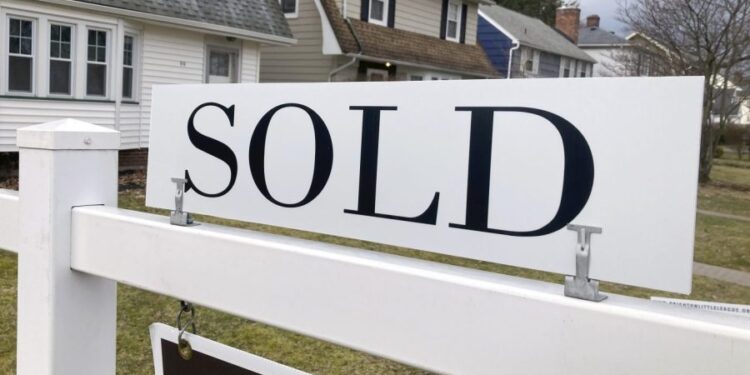
Sales of houses in the lowest price tier jumped in July, a sign that the housing sector may be coming back to life after being bludgeoned with interest rate hikes by the Federal Reserve.
Pending sales in the “starter home” category climbed 10.2 percent since last July, according to figures released Monday by real estate company Redfin.
That’s compared to a 6.5-percent drop in middle tier units, a 10-percent drop in expensive units, and a 7.9-percent drop within the “luxury” tier of units, defined as the top 5 percent.
Lower mortgage rates may be the reason for the spike. The 30-year fixed-rate mortgage is now at its lowest monthly reading since May 2023 at 6.46 percent as the Fed has held interest rates at their current level of 5.25 to 5.5 percent over the last year.
“One reason starter home pending sales may be strengthening is the recent fall in mortgage rates,” Redfin analysts wrote in a commentary.
“First-time homebuyers, who make up a significant proportion of the starter-home market, are more sensitive to rate drops as they are less likely to have a large down payment, meaning rate changes have a greater impact on their monthly payments,” they wrote.
The “typical U.S. starter home” sold for $250,000 in July, a record high for the tier.
Low-priced houses are still 4.2 percent more expensive than they were last July, more than a full percentage point above headline inflation. The consumer price index (CPI) fell to a 2.9-percent annual increase in July, compared to 4.4-percent housing inflation.
While housing inflation in the CPI fell sharply between Feb. 2023 and Feb. 2024, it has fallen less quickly over the remainder of this year. Shelter costs advanced 0.4 percent between June and July.
Mortgage rates move in step with the 10-year U.S. Treasury yield, which has been falling since April. The 10-year has offered a lower yield relative to the 2-year since 2022, though the inversion has been flattening in recent weeks as the Fed has signaled coming interest rate cuts.
Federal Reserve Chair Jerome Powell said Friday that “the time has come” for the U.S. central bank to change its interest rate policy. Markets are expecting either a quarter-point of half-point interest rate hike from the Fed at its next interest rate-setting committee meeting in September.







